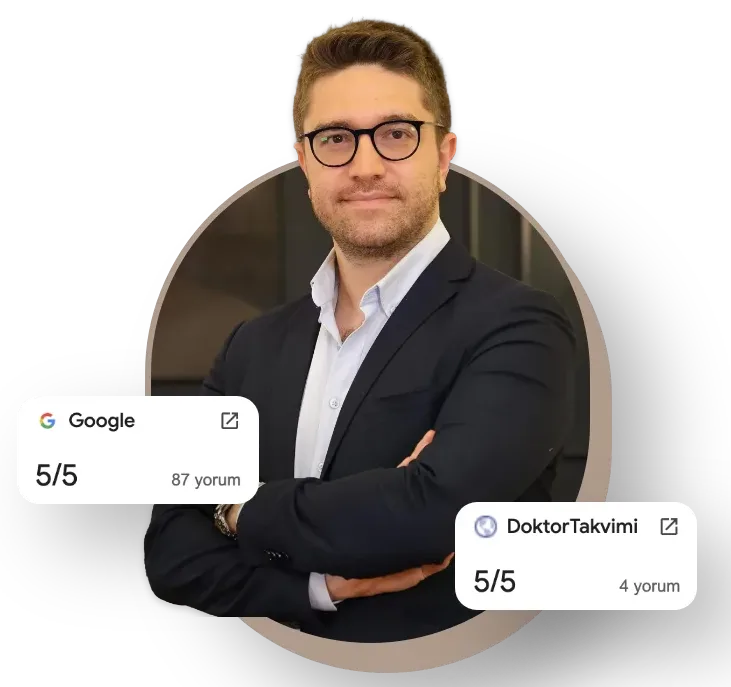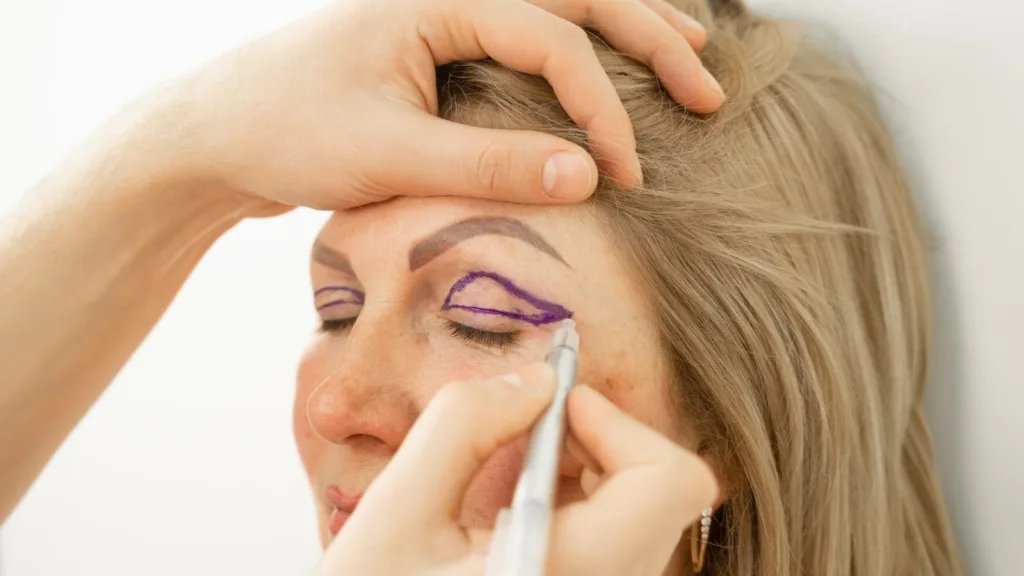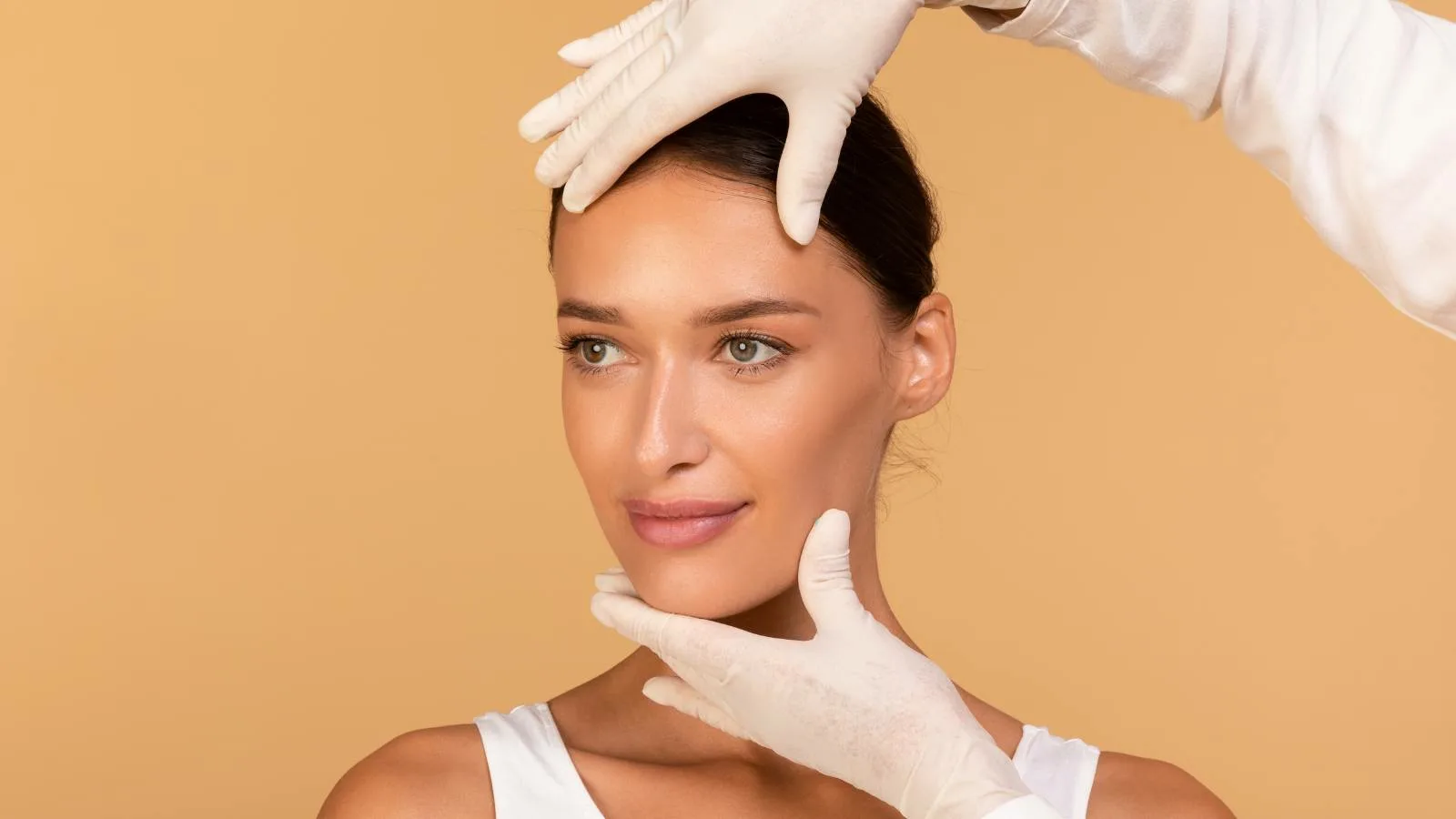In the United States, blepharoplasty is a common cosmetic procedure used to remove excess skin and fat from the upper and/or lower eyelids. With doubled pricing, the cost ranges from $8,000 to $14,000 USD, depending on whether one or both lids are treated, and whether it’s performed under local or general anesthesia. Cities like Los Angeles, New York, and Chicago tend to have the highest pricing due to demand, surgeon reputation, and advanced techniques like laser-assisted eyelid correction.
In the United Kingdom, the cost of private eyelid surgery ranges from £6,000 to £10,000. Upper lid procedures are generally less expensive, while lower lid corrections or combined upper-lower blepharoplasty cost more. London-based clinics often offer inclusive packages with consultation, surgery, and limited follow-up. The NHS only covers blepharoplasty when vision is severely affected—purely cosmetic requests are fully self-funded.
In Australia, blepharoplasty costs range between AUD 10,000 and AUD 18,000, especially in Sydney, Melbourne, and Perth. Some patients may be eligible for partial rebates under Medicare if excess skin is obstructing vision and confirmed by an ophthalmologist. In Canada, private clinics charge between CAD 9,000 and CAD 16,000, with variations based on technique (external vs. transconjunctival), anesthesia, and whether additional facial work is done simultaneously. Provincial plans only cover the procedure in medically justified cases.
How Does the Scope of Eyelid Surgery Affect the Cost?
One of the most important factors determining the cost of eyelid surgery is its scope. This scope indicates which eyelids will undergo the procedure and the level of technical difficulty involved. An upper eyelid surgery typically aims to remove sagging skin or excess muscle. This procedure is completed in a shorter time and is considered a relatively simple surgical intervention. Therefore, the cost of upper eyelid surgeries is generally lower.
Lower eyelid surgery usually involves correcting under-eye bags, swelling, and fine wrinkles. This region has more complex anatomical structures and requires more delicate techniques. Consequently, lower eyelid surgeries can be more expensive compared to upper eyelid surgeries. Furthermore, the use of advanced techniques such as laser-assisted surgery or fat tissue injection during lower eyelid surgery can also increase the cost.
Combined upper and lower eyelid surgeries involve intervening in both areas simultaneously, which increases the operation time and degree of difficulty. Hence, combined procedures may result in a higher cost than a single eyelid surgery. These comprehensive interventions, tailored to the patient’s needs, provide a more youthful and dynamic look around the eyes, but they can vary in cost.
How Do the Surgeon’s Experience and Expertise Determine Eyelid Surgery Prices?
Eyelid surgery is a precise procedure applied for both aesthetic and functional purposes, requiring sensitivity and expertise. Consequently, the surgeon’s experience and level of specialization play a decisive role in the cost of the surgery. Experienced surgeons can evaluate different anatomical structures and offer individualized solutions for patients. This personalized approach not only enhances the success of the surgery but also significantly reduces the risk of complications.
Specialization is directly related to the surgeon’s level of education in this field and the certifications they hold. Since eyelid surgery is performed on sensitive areas, a surgeon with specialized training in this area can greatly influence the surgical outcomes through their knowledge and skills. Experienced and specialized surgeons can effectively use innovative techniques and advanced technologies, achieving more effective and aesthetically satisfying results.
The surgeon’s reputation and past patient experiences are also key factors affecting the cost. Surgeons with a high success rate and strong references for patient satisfaction generally can command higher fees. From the patients’ perspective, this often means a safer and more satisfactory process.
How Do the Location and Quality of the Clinic or Hospital Where the Surgery Is Performed Affect Prices?

The clinic or hospital where the surgery is performed is a determining factor in eyelid surgery costs. Healthcare institutions in large cities may charge higher prices due to elevated operating expenses and the cost of living. Clinics located in metropolitan areas stand out with their modern infrastructures and high hygiene standards, which is reflected in the surgical fees. In smaller cities or rural areas, costs are generally lower. However, in such cases, it’s important to thoroughly evaluate the technical capabilities provided by the clinic or hospital.
The quality of services offered by clinics and the technologies they employ also play a major role in surgery fees. For instance, clinics that use advanced technological devices and offer modern methods like laser-assisted surgery typically have higher prices. These costs aim to achieve better outcomes during the operation and enhance patient safety. Additionally, some healthcare institutions provide special pre- and postoperative consultation services, personalized care, and modern relaxation areas. While these extra services increase comfort, they also influence surgery costs.
How Do the Surgical Techniques and Technologies Used Change Eyelid Surgery Costs?
Eyelid surgery costs are closely related to the surgical techniques and technologies employed. The methods chosen during the operation directly affect both the complexity of the procedure and the recovery period, thereby playing a decisive role in the total cost. Traditional surgical methods employ manual incisions and suturing, whereas laser-assisted or minimally invasive techniques allow more precise interventions.
Laser-assisted surgery enables thinner and more precise incisions, reducing bleeding and accelerating recovery. However, the use of such technologies increases operation costs due to the requirement of advanced equipment and specialized training. Similarly, while minimally invasive methods provide less tissue damage and a shorter recovery period, the special devices and techniques used during these procedures are important elements that affect the cost. We also frequently resort to fractional or carbon dioxide lasers for non-surgical tightening in the lower eyelid area.
The scope of the surgery also has a direct impact on costs. An operation that only addresses the upper eyelid is generally cheaper than lower eyelid surgery. However, if both the upper and lower eyelids are treated at the same time, the operation time, complexity, and the effort expended by the surgeon increase, and costs rise accordingly.
How Do Postoperative Care and Additional Services Reflect in Eyelid Surgery Prices?
Eyelid surgery not only involves the surgical procedure but also a comprehensive care and service process supporting the recovery period afterward. The quality of postoperative care and any additional services offered are crucial for speeding up the recovery process and reducing the risk of complications. The scope of the care services and technologies employed during this period is directly reflected in the total cost of surgery.
Standard care services are generally included in the surgical package and encompass fundamental applications such as cold compresses, prescribed medication therapy, eye drops, and ointments. These services aim to aid recovery and help minimize postoperative side effects like swelling and bruising. Additionally, scheduled postoperative follow-up visits are important for monitoring the success of the surgical intervention and applying further treatments if necessary.
Additional services aim to increase patient comfort and optimize the recovery process. For example, special nursing care can provide professional in-home support, while applications like laser therapy and lymphatic drainage massage can help bruising and swelling subside more quickly. Nutritional and lifestyle counseling offers personalized recommendations to support the body’s recovery process.
The diversity and quality of postoperative care and additional services are determining factors in the total cost of surgery. With planning tailored to the patient’s needs, the process can be made more effective and comfortable.

Op. Dr. Erman Ak is an internationally experienced specialist known for facial, breast, and body contouring surgeries in the field of aesthetic surgery. With his natural result–oriented surgical philosophy, modern techniques, and artistic vision, he is among the leading names in aesthetic surgery in Türkiye. A graduate of Hacettepe University Faculty of Medicine, Dr. Ak completed his residency at the Istanbul University Çapa Faculty of Medicine, Department of Plastic, Reconstructive and Aesthetic Surgery.
During his training, he received advanced microsurgery education from Prof. Dr. Fu Chan Wei at the Taiwan Chang Gung Memorial Hospital and was awarded the European Aesthetic Plastic Surgery Qualification by the European Board of Plastic Surgery (EBOPRAS). He also conducted advanced studies on facial and breast aesthetics as an ISAPS fellow at the Villa Bella Clinic (Italy) with Prof. Dr. Giovanni and Chiara Botti.
Op. Dr. Erman Ak approaches aesthetic surgery as a personalized art, tailoring each patient’s treatment according to facial proportions, skin structure, and natural aesthetic harmony. His expertise includes deep-plane face and neck lift, lip lift, buccal fat removal (bichectomy), breast augmentation and lifting, abdominoplasty, liposuction, BBL, and mommy makeover. He currently provides safe, natural, and holistic aesthetic treatments using modern techniques in his private clinic in Istanbul.









